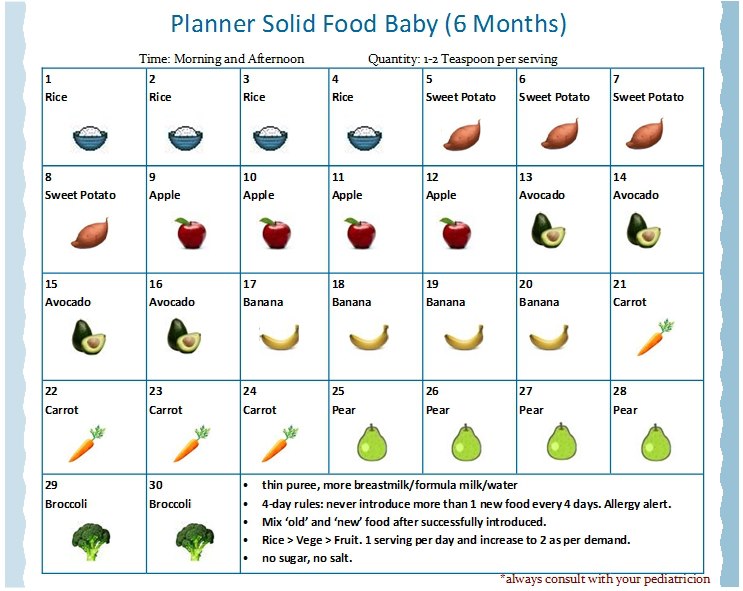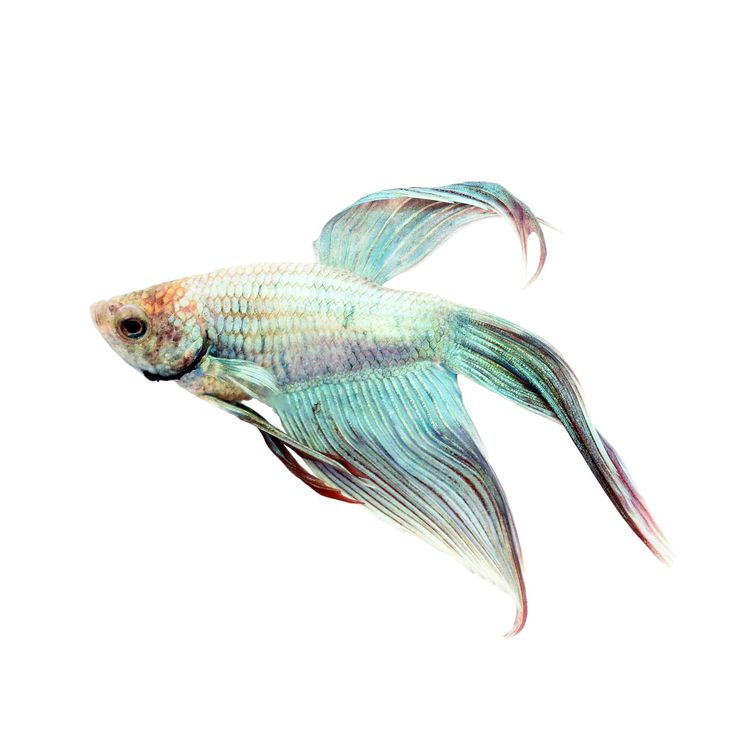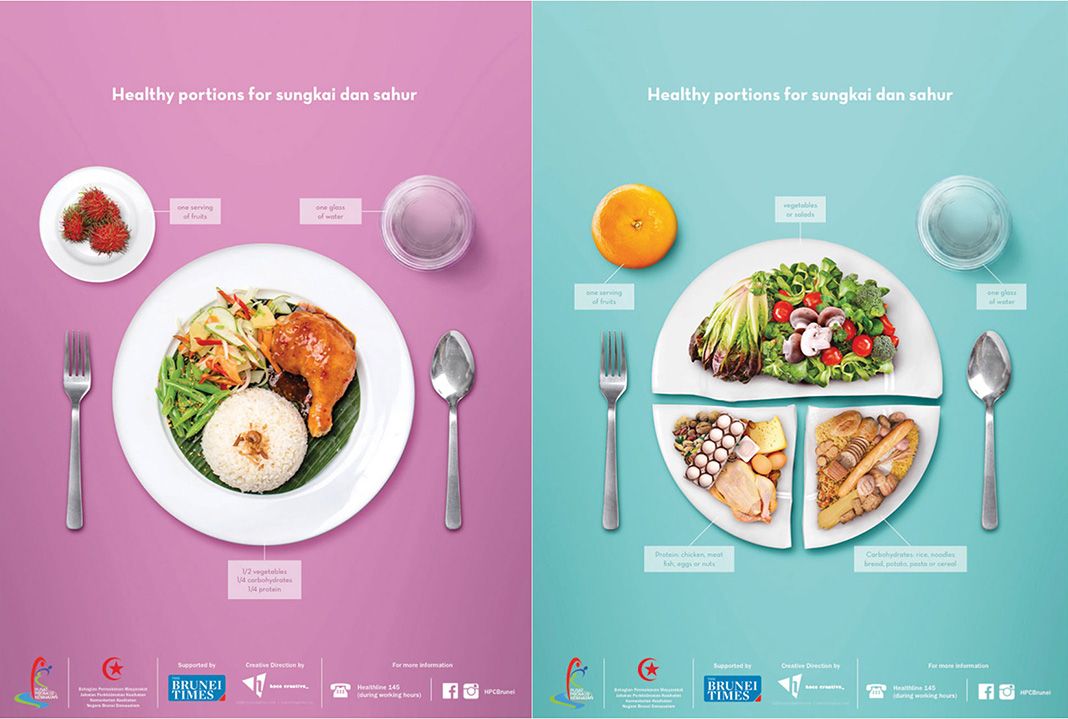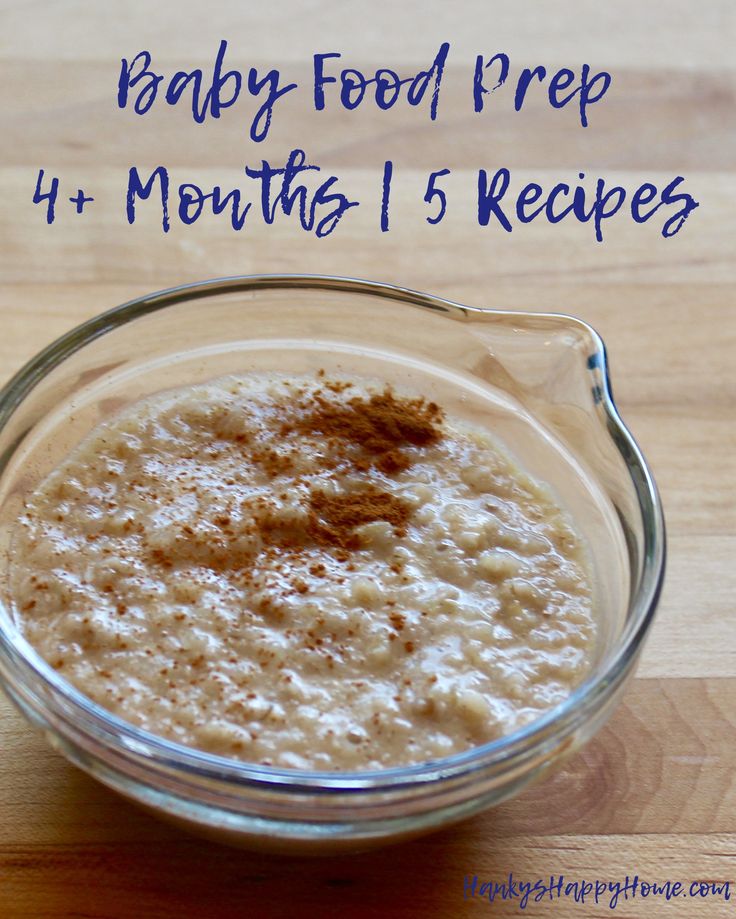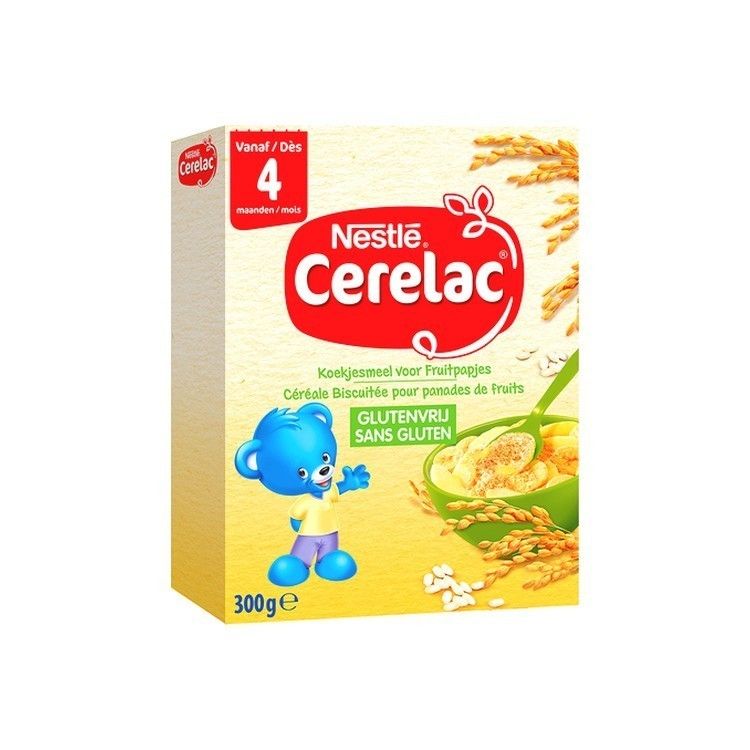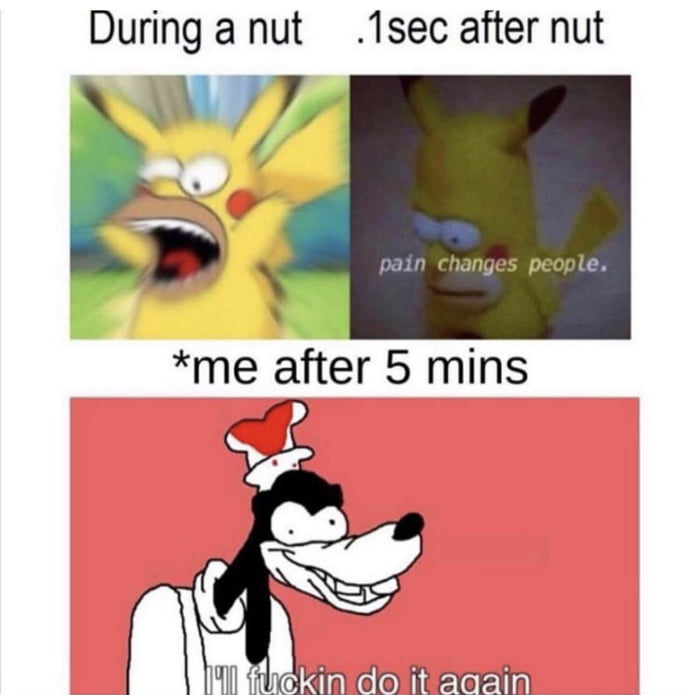How do mother robins feed their babies
American Robin Nests and Eggs
Q. How much do newly-hatched robins weigh?
A. 5.5 grams--a little less than a quarter.
Q. How long does it take for a baby robin to hatch from its egg?
A. The first baby hatches 12-14 days after the last egg is laid. Eggs usually hatch a day apart, in the order they were laid.
Q. How do babies hatch from the eggs?
A. Hatching can take all day. Each chick must fight its way out of the egg. First it breaks a hole in the shell with its egg tooth, a hook on its beak. Then the baby pokes, stretches, and struggles inside the egg, with many stops to rest. Finally it breaks free.
Q. How do baby robins eat?
A. For the first four days of a nestling's life, the parent birds regurgitate partly digested food into each baby's mouth. By five days of age, the nestlings get earthworms that parents break into small mouthfuls. The babies eat more each day. Soon parents give them whole worms and large insects. Each young robin may eat 14 feet of earthworms in a two-week nest life—and worms are not even their main food!
Q. Who feeds the baby robins?
A. Both parents feed the babies. A robin might make 100 feeding visits to its nest each day. There's no time to go far on a food hunt. That's why a good territory is important to robins in spring.
Q. How fast do baby robins grow?
A. Baby robins are helpless at birth but grow fast! They reach the size of their parents after just two weeks!
Q. Who takes care of the babies?
A. Both parents have full-time jobs. They protect the nest, find food, and feed hungry babies. The babies are in the nest for at least 9 days, or as long as 16 days.
Q. When do babies leave the nest?
A. Baby robins jump from their nest when they are about 13 days old. Leaving the nest is called fledging. This is a dangerous time for baby robins. They need time—and safe places—to practice flying. Please keep kitty indoors!
Leaving the nest is called fledging. This is a dangerous time for baby robins. They need time—and safe places—to practice flying. Please keep kitty indoors!
Q. When do robin babies learn how to fly?
A. Baby robins can't fly well when they leave the nest. They must build up muscles and grow adult feathers to be strong fliers. The babies are capable fliers just 10-15 days after fledging.
Q. When do babies leave the nest?
A. Baby robins are ready to leave the nest when they are about 13 days old. Within 24 hours the nest will be empty.
Q. Are babies independent when they leave the nest?
A. No. Once babies fledge, both parents still feed them for a few days. Mom soon leaves to lay a new clutch of eggs. The fledglings will need to learn from other robins when Dad leaves to help with new nestlings.
Q. How do baby robins recognize their parents?
A. When they first hatch, they probably don't! They know the parents have arrived with food by the "bounce" they feel on the nest, and on a sunny day by the shadow their parents make over them. This is their signal to pop up with their mouths open. Little by little, they start learning the sounds their parents make, too. By the time their eyes open, they already know their parents' voices.
When they first hatch, they probably don't! They know the parents have arrived with food by the "bounce" they feel on the nest, and on a sunny day by the shadow their parents make over them. This is their signal to pop up with their mouths open. Little by little, they start learning the sounds their parents make, too. By the time their eyes open, they already know their parents' voices.
Q. How do baby robins keep their nest clean?
A. Baby robins produce their poop in fecal sacs, encased in strong membranes so they don't leak. To learn more, see our Fecal Sac Lesson.
Q. When do young robins learn to fly?
A. Baby robins jump from their nest when they are about 13 days old. It takes them another 10-15 days to become strong fliers and independent birds.
Q. What three things does a baby robin know as soon as it hatches?
A. The nestling knows to sit very still when its parents are away, to pop up and open its mouth to beg for food the moment its parents return, and to poop as soon as it swallows some food.
Q. How do baby robins recognize their parents?
A. When they first hatch, they probably don't! They know the parents have arrived with food by the "bounce" they feel on the nest, and on a sunny day by the shadow their parents make over them. This is their signal to pop up with their mouths open. Little by little, they start learning the sounds their parents make, too. By the time their eyes open, they already know their parents' voices.
Q. How do baby robins keep their nest clean?
A. They produce their poop in fecal sacs, encased in strong membranes so they don't leak.
Q. What should I do if I find an injured or abandoned a baby robin?
A. It is against state and federal laws in the United States to possess any wild native American bird in captivity. Raising a wild bird is only legally entrusted to licensed rehabilitators. It is impossible to save every injured or abandoned bird. The most important thing to remember is to get it to a licensed rehabilitation center as soon as possible.
The most important thing to remember is to get it to a licensed rehabilitation center as soon as possible.
Q. Why has the mother stopped sitting on the nest at night?
A. By the time the babies are about a week old, the nest is getting crowded, and the babies are capable of keeping themselves warm, all snuggled together. At this point the mother robin starts sleeping on a tree branch again. If she is a wary mother, you might not see her feeding the young because robins are so fearful of alerting predators that they simply don't go near the nest if they notice anyone observing them.
Q. When a nestling falls from the nest, can I put it back? After a big windstorm, I found two very small baby robins on the ground under their nest. I'm afraid if I pick them up, the smell of my hands will make their parents abandon them. Can I handle them with gloves?
A. Robins identify their babies the way we humans recognize ours-by sight and sound, not by smell. So if you can safely put the babies back in the nest, go ahead!
So if you can safely put the babies back in the nest, go ahead!
Q. What do baby robins look like when they hatch from eggs?
A. Baby robins are colorful. Their skin in bright light may appear yellowish, and is transparent enough that it's possible to see a baby robin's green gall bladder, purplish-red liver, and orange yolk sac right through the skin! A newly-hatched robin has only a few tufts of fluff. The down feathers grow in quickly. This layer of soft feathers makes the nestling look fluffy and helps keep it warm when mother is away. How do body feathers grow? Each feather looks like a miniature straw at first. Then, that smooth outer case—the sheath—crumbles and allows the developing feather to open. In about 14 days the baby robin is covered with body feathers. Baby robins are born with their eyes closed. Eyes remain shut for about five days.
Q. Why are baby robins ugly at first? Yesterday the beautiful blue eggs hatched, and when my children saw the babies, they were surprised at how ugly they are! They've seen fluffy baby ducks and chickens but these robins don't look anything like that!
A. The reason ducklings and chicks are cuter than newly hatched robins is that they are actually older than robins when they hatch out! Most mother ducks and birds related to chickens nest on the ground, and lay a dozen or so eggs. If those babies hatched out helpless like robins, their calls and movements could quickly attract predators. It's much easier and safer for the female to quietly enter and leave the nest alone, and incubate for a few weeks longer, until the babies are strong enough to follow her out of the nest as soon as they hatch. It would be very difficult for a mother duck or chicken to find and bring enough food for so many babies all by herself, and male ducks and roosters simply don't know how to help care for babies. So upon hatching, ducklings and chicks, which are precocial species, immediately fluff out and follow their mother, who leads them to food and teaches them where to hide when danger approaches. They are developed enough to eat by themselves right from the start.
The reason ducklings and chicks are cuter than newly hatched robins is that they are actually older than robins when they hatch out! Most mother ducks and birds related to chickens nest on the ground, and lay a dozen or so eggs. If those babies hatched out helpless like robins, their calls and movements could quickly attract predators. It's much easier and safer for the female to quietly enter and leave the nest alone, and incubate for a few weeks longer, until the babies are strong enough to follow her out of the nest as soon as they hatch. It would be very difficult for a mother duck or chicken to find and bring enough food for so many babies all by herself, and male ducks and roosters simply don't know how to help care for babies. So upon hatching, ducklings and chicks, which are precocial species, immediately fluff out and follow their mother, who leads them to food and teaches them where to hide when danger approaches. They are developed enough to eat by themselves right from the start.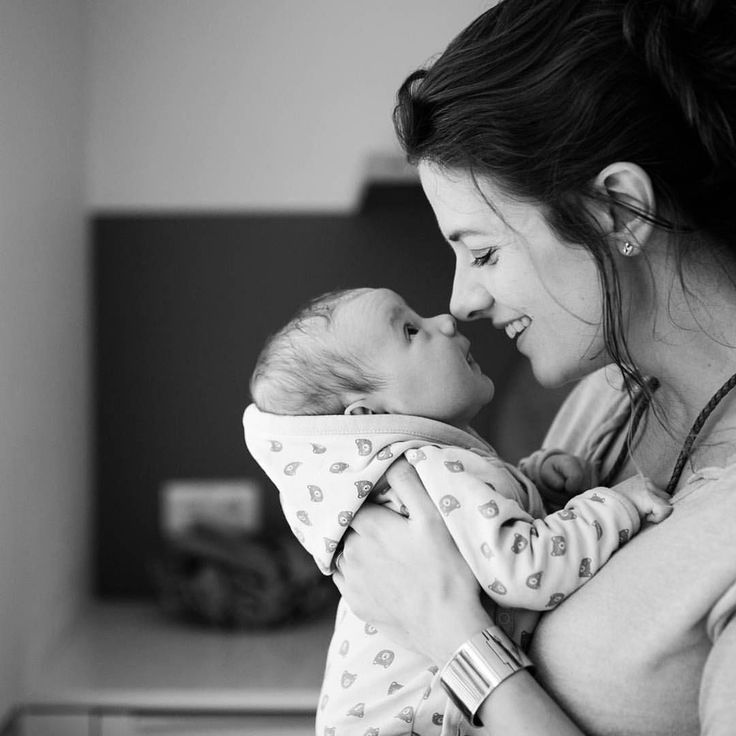
Songbirds are smaller than chickens and ducks, and mothers expend relatively more energy incubating their eggs. They have fewer babies in a brood, so it is easier for them to successfully feed their four or five babies than it would be for a mother duck or hen to feed a dozen (and most father songbirds, including robins, help with this task). It simply works better for them if their babies hatch while still very undeveloped. Birds with helpless young like this are altricial species.
Baby robins may be undeveloped, with very few feathers and bulging eyes at first, but beauty is in the eye of the beholder. Their parents think they're the most beautiful, wonderful babies in the world! And looking at them, you can learn a lot about birds. The first few days, you can see how enormous bird eyes actually are beneath their transparent skin and translucent skull. When their feathers grow in, we see only a tiny bit of those huge eyes.
Baby bird skin is clear enough to allow us to see some of their internal organs. You can see the greenish gall bladder (which holds bile produced in the liver to help them digest fat juicy worms!) the purplish-red liver, and the orange yolk-sac. As that grows smaller and the nestling grows bigger, you might notice some bright yellow areas here and there, those are fat deposits. Down feathers grow in fairly quickly to make the nestlings a little fluffy, so they can stay warm when their mother isn't incubating. Watch how their body feathers grow in. Each one appears to be a very tiny cylinder at first, like a tiny drinking straw, but that smooth outer case, called the "sheath," crumbles to allow the developing feather to open up. It takes only fourteen days or so for these tiny, unformed little creatures to grow a full body covering of feathers, with bright and sparkling eyes, able to hop and flutter their wings. Enjoy watching this amazing transformation!
You can see the greenish gall bladder (which holds bile produced in the liver to help them digest fat juicy worms!) the purplish-red liver, and the orange yolk-sac. As that grows smaller and the nestling grows bigger, you might notice some bright yellow areas here and there, those are fat deposits. Down feathers grow in fairly quickly to make the nestlings a little fluffy, so they can stay warm when their mother isn't incubating. Watch how their body feathers grow in. Each one appears to be a very tiny cylinder at first, like a tiny drinking straw, but that smooth outer case, called the "sheath," crumbles to allow the developing feather to open up. It takes only fourteen days or so for these tiny, unformed little creatures to grow a full body covering of feathers, with bright and sparkling eyes, able to hop and flutter their wings. Enjoy watching this amazing transformation!
What Do Baby Robins Eat? and How to Feed One! a How-To Guide
Either you found a baby robin that’s fallen from its nest, or perhaps you’re just curious and asking what do baby robins eat?
Well, here’s the guide on what baby robins eat, and if the need arises then how to feed one.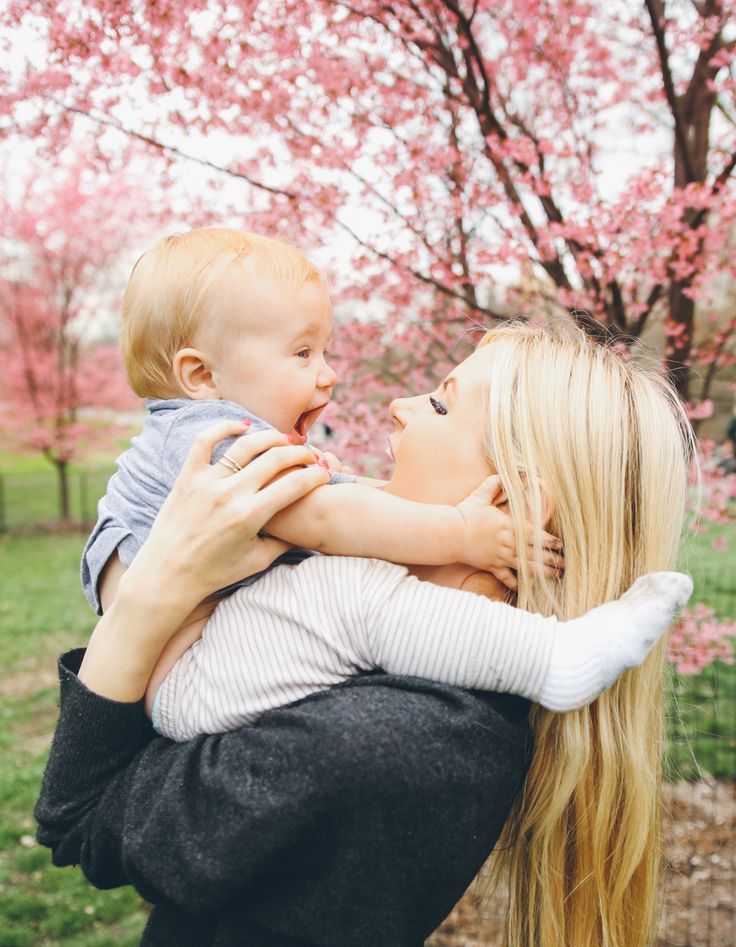 So first let’s give you the quick answers, then we’ll get into more details…
So first let’s give you the quick answers, then we’ll get into more details…
How do baby robins eat? During the first week, the parents regurgitate partly digested food into the baby’s mouth. As they grow they eat a variety of food from earthworms, to whole worms and large insects, and even berries until they fledge to finally fend for themselves.
How do you feed a baby Robin? To feed a baby robin you can use a dropper, clean hands, or let the babies feed themselves when they become independent enough. Once released they will naturally be able to hunt for food and feed themselves.
Ranger Planet
Please enable JavaScript
Ranger Planet
Read on, or watch the video below from the Ranger Planet Youtube Channel.
What do baby robins eat and when
Baby robins are just that – babies, at first, and depend wholly on their parents for food.
However, what baby robins eat during the very first few days and onward changes as time goes by – and fairly quickly too.
Here’s the list of what baby robins eat at each growth stage. But if you’re looking to protect your baby robin, then be sure to check what eats robins to know what might want to prey on them. You might also be interested to know if it’s legal to keep a robin as a pet?
1 – 7 Days – baby robins eat…
When baby robins are with their parents, the parent robins forage for food for themselves, but also gather enough to feed their young.
The parent regurgitates this partly digested food into the baby’s mouth. This is the only way that baby robins eat and are fed during the first week from birth.
This includes partly digested insects, beetles, worms, berries, and seeds
7-14 days – baby robins eat…
Around this time, the parents pass larger portions of food or break up larger ones such as earthworms and deliver into the baby robin’s mouth.
From here onwards the baby robins start eating more with each passing day.
Whole versions of insects, beetles, worms, berries and seeds.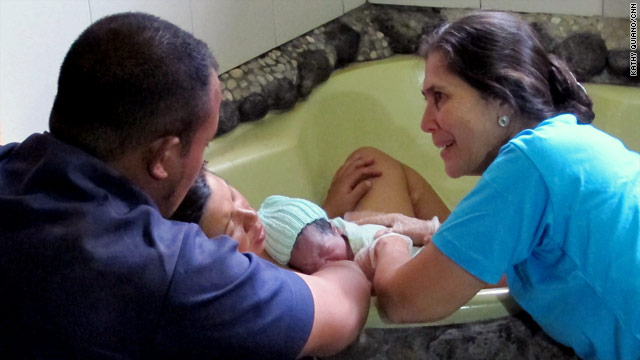
After a period of this, the parents begin to let the baby robins eat the whole worm and other large insects on their own.
By this time a baby robin will be able to eat the equivalent of 14 feet of earthworms during its two-week nest life.
14 days plus – baby robins eat…
From this point, more often than not baby robins are able to eat food provided to them by the parents that are just placed in the nest. The baby robin is old enough to find and eat the food themselves within the nest.
In general, baby robins depend on the parents fully for their daily dose of food, until they are independent enough and can fledge the nest and fly away.
On average, the parent robins can make up to 100 visits a day to feed their young ones – that just shows how often the baby robins eat to grow up.
This is also why robins are very picky in choosing a territory to create their nest. They need to ensure they live close to adequate food sources to make the hunt for food and feeding visits often and easy. chicks in a nest
chicks in a nest
You might also like:
Do robins make good pets
Why do robins hop
Do birds have ears
Do birds have teeth
So let’s move on to how you would feed a baby robin.
How to feed a baby robin?
If you’re in the situation where you have a baby robin you need to take care of and hand rear, perhaps one that fell from the nest or lost its parents. Then naturally, there are plenty of things you will have to know about feeding baby robins – let us give you some guidance.
There are, thankfully, many ways and methods that have worked to feed baby robins, below are three safe methods to feed a baby robin.
1. Using a syringe to feed a baby robin
You can use a syringe, like this one, or an eyedropper to feed baby robins. For this method, the best food would be to get a baby bird formula mix.
With this formula, use the syringe and simply follow the instructions for feeding.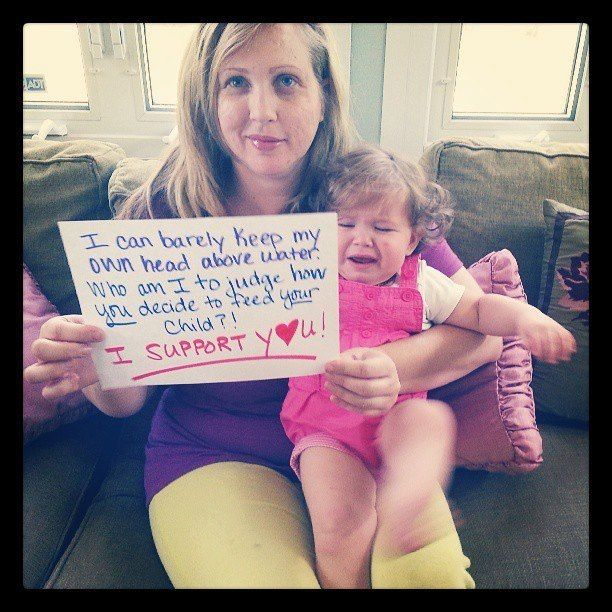
Alternatives to baby bird formula
Instead of a bird formula mix, you could even use baby formula or wheat cereal like farina. Or at a push, you might be able to soak dried dog food which has been known to feed baby robins quite well.
However, when feeding these products be sure to still use the syringe or dropper. Try to make sure the products are mushed down enough to pass through the dropper without getting blocked.
At first, one or two full droppers will almost certainly fill the baby robin, but as they grow they’ll likely need more of it – and potentially more often. Being a robin parent is a demanding job!
The baby robin will let you know when it’s full, usually when it’s hungry or wants more food it opens its mouth automatically.
Be aware of this too, do not try to feed the robin when it is not asking, as you can easily overfeed them, which is just as risky as not feeding them.
So it’s important to observe if the bird is full or not before trying to encourage them to eat further.
2. Using your hands to feed a baby robin
Hands can also be used to feed baby robins. Moistened duck or chicken feed that are processed well with an even texture can also make some good reasonable food baby robin food.
When using the hands it’s important to be hygienic. Not only when feeding but also while making the food using the hands or when handling the bird.
To feed a baby robin using your hands, take a tiny pinch of food and stick it to the tip of the finger and all you have to do is touch the corner of the bird’s mouth.
The baby robins will automatically open their mouth and you shouldn’t have any trouble passing it into their beaks.
Another great thing about using hands to feed baby robins is that you will get a good sense of when to stop because the baby robin will stop opening their mouth when they feel full, unlike droppers which can be inserted into the mouth anyway – even if the bird is already full.
3. Allow the baby robin to feed on its own
If you get to this point then congratulations, or if the bird already has some plumage and appears to be an older chick.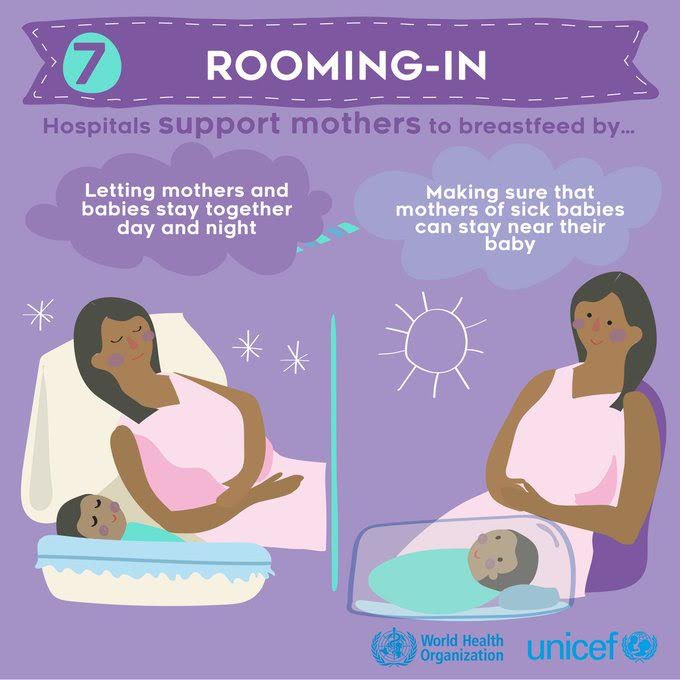
This method works mostly when the baby robin is a little more grown-up and can handle the food on their own.
This is a method that allows the baby robins to feed themselves by placing the food on the ground next to them.
For this, offering small berries, or using mealworms, earthworms, or grubs near the ground next to where they rest will work fine.
This will also allow the birds to come and feed whenever they feel hungry. On average baby, robins may have to be fed every 5-10 minutes at peak times.
When feeding baby robins, make sure that…
- The food is at room temperature. Even if the food is refrigerated, it’s important to make sure the food is at room temperature when feeding the baby robins.
- Make sure the food is not spoilt, has no fungus or bacteria when feeding.
- The food should have a fine texture and even toward slushy, but smooth enough to get through the delicate throats of baby robins.
- Up to three weeks old, the baby robins will be grown up enough to find their food.
 So by this time, it’s good to allow the baby robins to eat of its own accord and just make sure food is available.
So by this time, it’s good to allow the baby robins to eat of its own accord and just make sure food is available.
Then one day, they will fledge and fly away. And you can smile in the knowledge you probably just saved a wild bird’s life. If the baby robin does not survive, then it was never meant to be, and at least you provided it with some comfort and the best chance of survival.
So finally…
We hope this has been useful in answering the question – what do baby robins eat? And hope you’ve been able to put the help on how to feed one to good use.
Tweet
Birds feeding chicks
Birds skillfully catch big succulent insects in order to feed their cubs. This compilation captures caring parents feeding their little chicks. The photos are very touching and beautiful. Just imagine how much work this garden warbler in the photo below needs to feed 5 hungry mouths :)
And this robin is easier, she has only one chick, the rest apparently fell out of the nest, as often happens. She has already managed to find a great treat for him in the form of a fat caterpillar
She has already managed to find a great treat for him in the form of a fat caterpillar
Another caring mother who caught an insect similar to a cricket for her chicks
And this bird caught a worm and decided to feed all her cubs with it. Everyone got a piece of the delicacy
The most beautiful picture of a sunbird feeding offspring on the fly
Already quite an adult chick demands food from its mother :)
And this photo looks like a painting by some famous artist, the feeding process turned out to be very picturesque
And these baby swallows look not only hungry, but also aggressive - perhaps the parents hunted too long ...
A mother flamingo takes special care of her chick, checking to see if food has gotten into her pet's beak. Reminds me of spoon-feeding :)
This heron has almost nursed her offspring, very soon they will go on their first flight
This bird looks like a hummingbird, but in fact it is a hook-billed thymelia and another skillful shot of feeding on the fly. Everything happens in a fraction of a second, and the photographer managed to capture this moment.0003
Everything happens in a fraction of a second, and the photographer managed to capture this moment.0003
And here's a funny photo I decided to leave to complete the selection - a warbler feeds a chick, which has long outgrown the size of its parent's nest. In fact, this is a cuckoo chick that just threw it into the nest of a strange bird
December 27, 2011 | Categories: Nature, Photo, Other
Rate the article by sharing with friends
Or using the button:
Liked or disliked
Rating: +6 Article author: Bergman Hits: 35652
More in the section:
How chicks are fed - Notes of a Naturalist
Series of books "First Acquaintance with Nature", 1902
Author: N.V. Lviv
Watching the nests, notice which birds have naked chicks, which are covered with fluff, which birds have blind chicks, which have sighted ones?
At the water hen, chicks hatch from eggs, covered with thick down, and immediately begin to swim with their mother. nine0004
nine0004
Kingfisher chicks hatch naked, helpless. They cannot leave the nest until they grow feathers, and all this time the mother feeds them with fish and aquatic insects.
If you manage to find an owl's nest with young owlets in an old hollow, you will see that the owlets hatch completely blind and helpless, but covered with down. The mother brings them insects and mice and feeds them until they grow up and fly out to prey themselves.
You can see for yourself how much work it takes for old birds to feed their children. Chicks grow very fast and therefore require a lot of food. nine0004
Watch the nests of starlings when young starlings have hatched there, and you will see that parents constantly fly into the nest with worms and caterpillars in their beaks and, having divided the food for their chicks, immediately fly back for new food. They say that sometimes they get so tired of flying for food that they fall to the ground in exhaustion and lie for some time with their mouths open.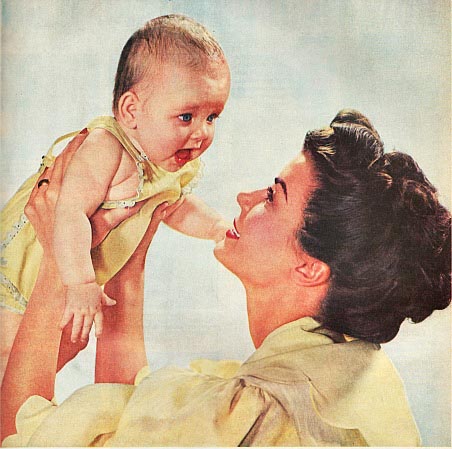
Thrushes bring worms and snails to their chicks, which they tear apart, giving a piece to each chick. nine0004
You can also see chicks in swallow nests. The chicks hatch from their eggs naked, blind, helpless, with a large ugly head and a wide mouth. Parents constantly fly and fly, bringing their children food - mosquitoes and small midges. The chicks grow quickly, and in three weeks you will see in the nest, instead of ugly chicks, beautiful young swallows covered with feathers, which may already be flying out of the nest. You can imagine how many mosquitoes and small midges you need to catch per day in order to feed five or six cubs so soon. nine0004
Once we found a nest of Chiffchaff on the ground under a bush. This is a small, very lively bird. Its back and wings are dark olive in color, and its chest is yellowish white. The mother brought several small caterpillars or flies every five minutes and put them in turn into the open mouths of her chicks. The male did not help her feed the children, he flew from one branch to another all the time and very clearly shouted: “chif-chaf, chief-chaf”.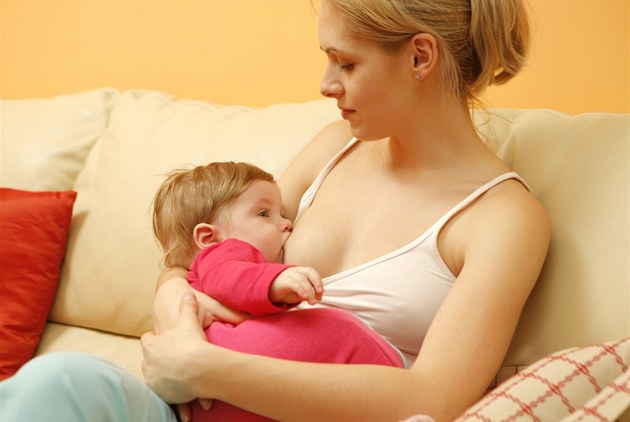
We wanted to help the little bird, so we collected some green caterpillars, and when the mother flew off to get food, we put them on the edge of the nest, and we ourselves sat down not far behind a tree and began to watch what would happen. nine0004
Mother flew back and forth several times, but we sat quietly and tried not to move so as not to frighten her. Finally, she began to pick up the laid caterpillars and give them to her chicks, sticking a piece into each gaping mouth. And then she flew off again for food.
This little bird worked all day and rested for no more than half an hour. She not only brought food to her children, but also cleaned the nest, throwing out bits of manure and rubbish from there. And I think she was glad that we put caterpillars and other insects in her nest from time to time. nine0004
Another time we had to see how small titmouse flew into the hole in the hollow with insects in their mouths. In blue tit, both father and mother feed their young together.



